In a world where clothes are produced in bulk, at high speed and sold for very low prices, it’s hard to imagine all the work behind the products. This disposable fashion culture that we’ve created, has made us devalue clothes and forget how much it takes to produce clothes. It is often underestimated how many resources, machines, people, factories and more are involved. The entire production process from the plant (or the lab) to the end product, probably consists of a lot more steps than you might initially think. This post will show an overview of the main production steps that a clothing item goes through before you end up buying it in the store.
This overview is very watered down and I won’t make it too technical because that would make the post way too long. The production of fashion and textile is a huge and fascinating industry with constant new innovations and there are a lot of different materials and fabrics that are all made a bit differently, but these are the general steps.
Below are the steps I’ll be talking about. To put it simply, the journey of a textile product is: fiber -> yarn -> fabric -> garment
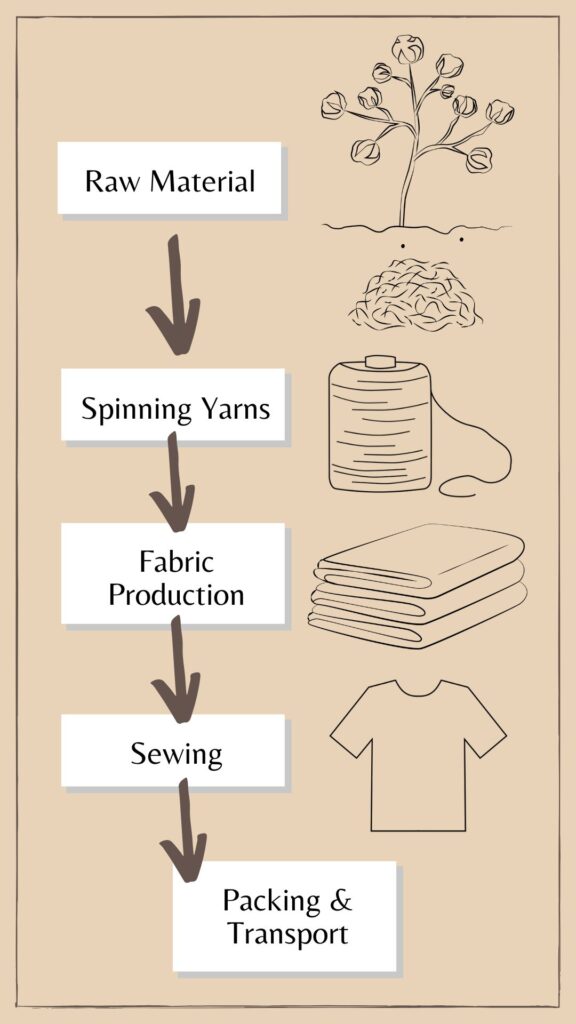
#1. Growing or making the raw material
For clothes made from a cotton fabric, the product’s life starts in the field where the plants are grown. The same goes for other fabrics that are made from natural materials like viscose, modal, bamboo and linen. Natural fibers can be taken from several plants and trees. The growing process starts with preparing the soil, planting the seeds and adding water and fertilizers to aid in the growing. Then the crop is harvested and the fibers from the plants are baled together and prepared to be transported to the next facility.
Synthetic fabrics made from materials like polyester, nylon/polyamide and acrylic don’t start their life in a field, but in a lab. These materials are man-made using chemicals and the result of this first production step is a substance in a plastic or liquid state. I just categorized viscose as a natural material, but this is actually a semi-synthetic material, because only the raw material is natural. So from now on, viscose will be in the man-made group, as it is processed similar to synthetic materials.
For animal materials like wool and silk, it obviously starts with the animals. Wool fibers are harvested from the hair of animals like sheep, and silk is obtained from silkworms while they spin themselves into cocoons.
The fibers from the raw material are collected and then transported to the spinning mill. This could be in another city or another country.
#2. Spinning yarns from the raw material fibers
In the next step, the raw material is turned into yarns. This is not just one machine that spins the fibers into yarns. The fibers first have to be prepared for the spinning process with several machines, water and chemicals. For natural fibers, the preparation is done in what’s called the ‘blow room’. The fibers go through several machines to remove anything that’s still left from the fields, like leaves and dirt, and to form uniform sheets of fibers that are ready to go to the next machine. Then the individual fibers are untangled, aligned and straightened in three machines called a carding machine, a draw frame machine and a roving frame machine. This process forms thin strands of fiber that are finally ready to be spun into yarns.
The substance for the synthetic/man-made materials such as polyester and nylon/polyamide goes through a machine to make long strands which are then cut into small pieces called chips. The tiny chips are then melted and pushed through a device with holes called a spinneret. It kind of looks like a shower head. The strands that come out of the holes are brought together to form one single strand. After a bit more processing, the synthetic yarns are pretty much finished and ready to be used to make fabric.
To give the synthetic yarns a more natural look, they can also go through the spinning process that natural materials go through. The synthetic yarns then go through additional processes to make fibers that are similar to natural fibers. This also makes it possible to mix synthetic fibers with natural ones, so the yarns will have multiple materials, like for example cotton and polyester.
There are different types of spinning methods and machines, depending on what kind of fabric will be made. Some techniques will result in thicker or more hairy yarns and others in thinner and more compact ones. Some examples of spinning techniques and machines are: open-end spinning, air-jet spinning, compact spinning and ring spinning. The last one, ring spinning, is the most widely used technique.
There are also some specific spinning methods for only man-made materials, such as reaction spinning, melt spinning, wet spinning and dry spinning. Animal fibers are mostly spun with methods called woolen or worsted spinning.
The finished yarn is then wound onto a cone and transported to the textile manufacturer. It’s also possible to dye the yarns first. Adding colour can happen now to the yarns, or later after the fabric is made. Whether the yarns are dyed or the finished fabric, depends on the desired design. For example, yarns that will be used to make jeans, are dyed before being turned into a fabric because they use blue and white yarns. To dye the yarns, they are first bleached, rinsed, soaked into a dye solution and then rinsed and washed.
#3. Production of fabric with the yarns
There are different ways the yarns can be turned into fabric. The two most used methods for fashion are weaving and knitting. Your sweaters, hoodies, T-shirts and yoga leggings are all knitted, and your jeans, button-up shirts, jackets and blazers are woven. Weaving means two sets of yarns (horizontal and vertical) are interlaced together, and a knitted fabric is made by creating and connecting loops with the yarn.
The weaving process consists of several steps. First the yarns have to be prepared for the machine, which means the yarns are separated into two sets and wound onto different cones or tubes. Then all the yarns that will go in the vertical direction, are placed next to each other to form the desired pattern. To strengthen the yarns and make them easier to weave with, a substance is applied on the yarns as a protective layer. Now the yarns are ready to be individually entered into the weaving machine and then the actual weaving can start. There are different machines and techniques that can create different patterns and types of fabric. For example, jeans fabric has a different woven pattern than a fabric for a button-up shirt, and checked or striped fabrics can be created by using different coloured yarns.
For the knitting process, the yarn cones are first placed onto a special rack close to the knitting machine, and the machine settings are changed according to the desired design. The yarns are fed into the machine and knit into a fabric. The fabric is rolled on a tube and then inspected to see if there are any mistakes in the knitting pattern. There are different knitting techniques and machines that can be used to make different patterns, elasticity and textures. For example, a circular knitting machine that can knit tube-shaped fabric instead of a flat fabric. Some clothes are also knitted fully on the knitting machine so it doesn’t need to be sewn together anymore. For example, socks are almost entirely made on the machine.
Adding colour
If the yarns weren’t already dyed before the fabrics were created, it is now time to add colour to the fabric. This can be done by dyeing or printing.
Dyeing results in a fabric that just has one uniform colour. First the fabric is cleaned with water and chemicals to remove impurities like the substance that was applied to the yarns before weaving. Then the fabric is bleached so it’s easier to achieve a certain colour. After bleaching, it’s washed and dried, and then it can be dyed. As with all the other steps, there are many different dyeing methods and types of machines, but in all methods the fabric basically passes through a dyebath while also adding many chemicals that help with achieving a uniform and durable colour.
Instead of dyeing the fabric in a single colour, it’s also possible to apply colour in the form of patterns. This is called printing. The four most common printing methods are called: block printing, roller printing, screen printing, and heat transfer printing. These are four different methods to apply the patterns to the fabric, but the general steps are the same for all of them. First the colours are applied in the desired pattern, then the colour is fixated with steam or heat so it stays on the fabric and then the fabric is washed to remove the excess dye.
Adding additional characteristics
Dyeing and printing give colour to the fabrics, but additional treatments can be done to improve the appearance and to add specific characteristics to the fabric. There are many things you can do with the fabric. For example, a soft and fuzzy fabric called flannel can be achieved with a process called napping. Or you can go the opposite direction and remove the fuzz with a process called singeing where the hairiness is burned off. Another example is embossed fabric, where the fabric has a pattern with some parts thicker and more raised and other parts pressed to make it thinner. This is created by passing the fabric between rollers that have the design engraved in them.
It’s also possible to add functional characteristics to the fabric, like treatments to prevent the fabric from shrinking or wrinkling, or make the fabrics waterproof or antibacterial. These treatments are often done with chemicals.
The final fabric is rolled on tubes and transported to the next facility, either locally or overseas.
#4. Sewing the clothing items
Now the fabric is bought by brands and transported to their clothing manufacturers who will turn the fabric into products. The garment production starts with releasing the tension from the rolled up fabric and a quality check to see if there are any defects or colour inconsistencies. Then the fabric is spread out and the paper patterns for the garment are cut from the fabric. These processes can be done manually or with computerized systems.
The cut pieces of fabric are bundled together based on size and colours and brought to the sewing area. Most of the time, a sewing factory has many sewing machine operators sitting in a line where each of them sews one part of the garment and then passes it on to the next person who sews another part of the garment, until the garment is complete at the end of the line. This way, the sewing operator can focus on that one part of the garment so it’s more efficient and the chance of mistakes being made is smaller. The garments are checked when they’re finished to ensure the quality is good.
Sometimes the garment has to be spot cleaned afterwards because of stains or other spots that may have appeared during the cutting or sewing process. Some brands want the garments to be fully washed before, so in this case the garments are completely laundered. Either after the sewing or after the laundering, the garments go to the ironing area where they are pressed with steam to smoothen out all the creases.
Finally, the garments are ready to be transported to the brand’s warehouse. This last step includes folding the garments, adding tags and packaging them in separate bags and then in boxes. The brand can now sell the garments and then the entire production process for a new garment starts again.
One fast fashion brand that wants us to believe it doesn’t take much to produce clothes is Shein. Read about it here
Sources
Kiron, M. I. (2022, February 1). Different Types of Yarn Spinning System. Retrieved from textilelearner: https://textilelearner.net/different-types-of-yarn-spinning-system/
Britannica. (2022). Textile finishing processes. Retrieved from britannica: https://www.britannica.com/topic/textile/Textile-finishing-processes
Textile School. (2022, January 24). Garment Production Process. Retrieved from textileschool: https://www.textileschool.com/193/garment-production-process/
Textile School. (2018, April 8). Basics of Weaving and Woven Fabrics. Retrieved from textileschool: https://www.textileschool.com/246/basics-weaving-woven-fabrics/
Textile Flowchart. (2014, December 24). Flow Chart of Knitting Process. Retrieved from textileflowchart: https://www.textileflowchart.com/2014/12/flow-chart-of-knitting-process.html
Think Science. (2016, June 16). Manufacturing Process of Polyester filament Yarn. Retrieved from thinkscience: https://thinkscience.in/manufacturing-process-of-polyester-filament-yarn/

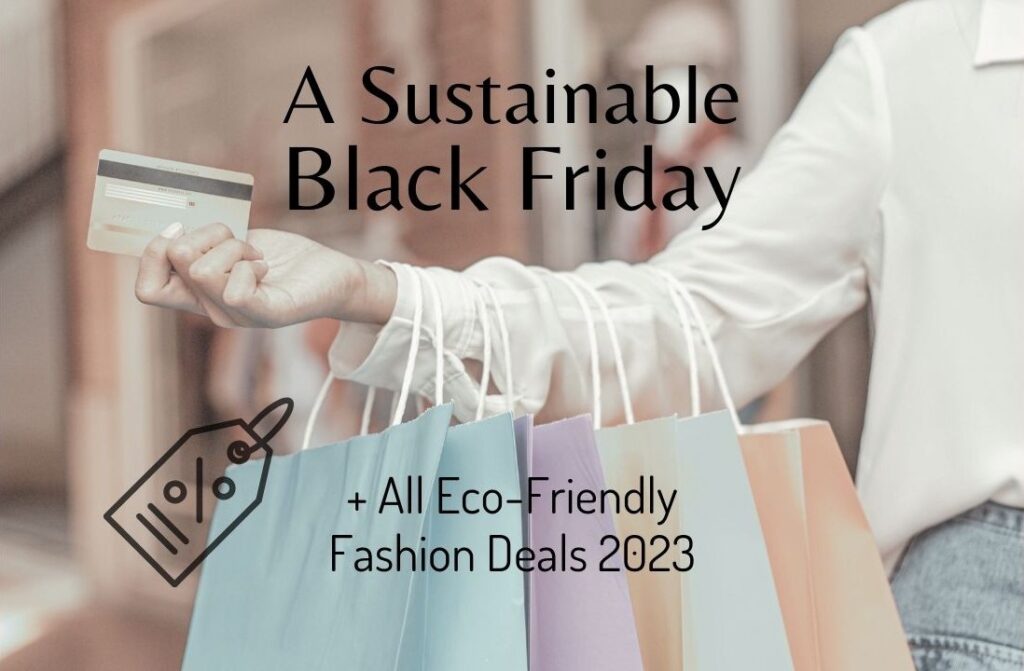
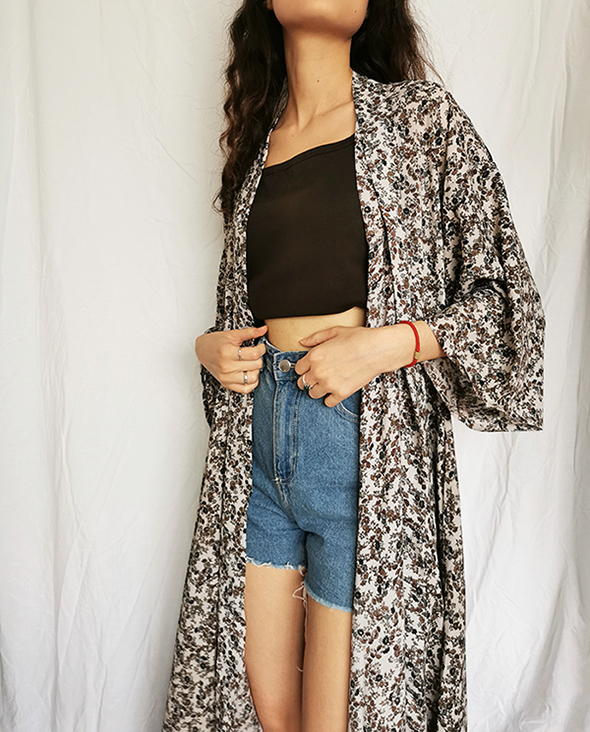
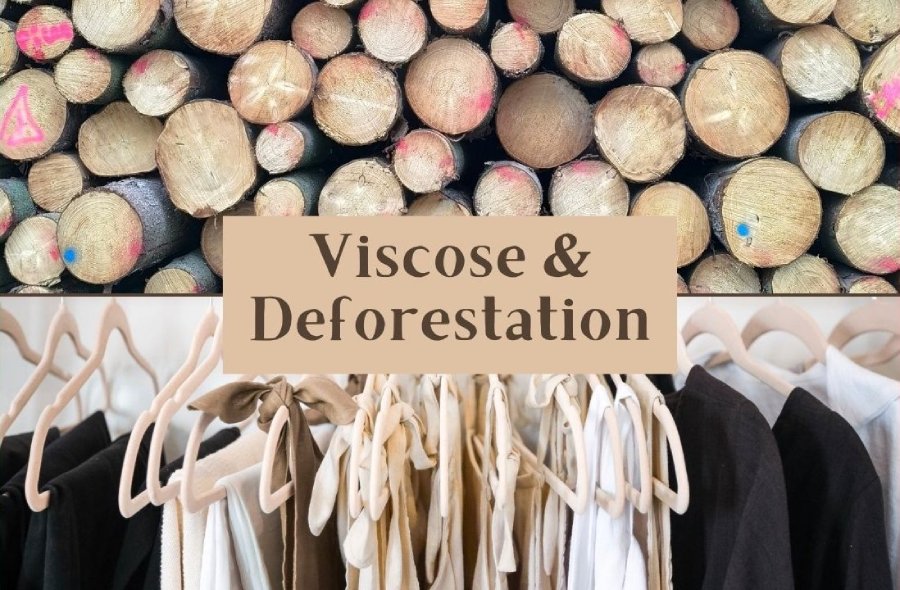
2 thoughts on “How Clothes Are Made: The Entire Production Process ”
Your blog is very informative.
Thanks for reading!